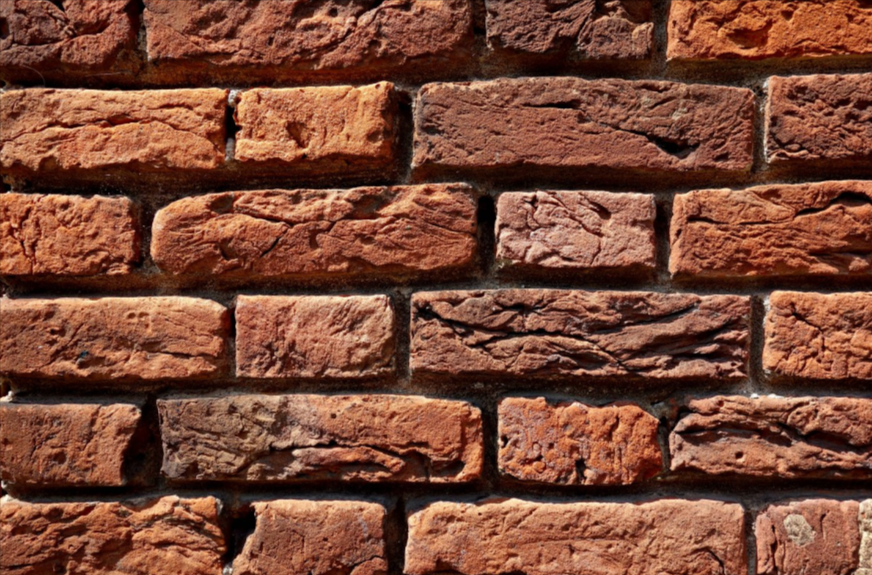There are a number of advantages of brick wall construction over other materials. These benefits include its durability, cost, and energy efficiency. In addition, brick is easy to work with and maintain. This article examines these and other benefits of brick construction. It will help you decide whether the brick is the right material for your next project.
Size of bricks
Bricks are manufactured in a variety of sizes. They range in thickness from approximately 7 5/8 inches to about 112.5 millimeters. Different manufacturers produce different sizes, even within the same factory. The Brick Industry Association produces a table of the most commonly produced sizes. The table includes the nominal and actual size of each brick.
There are several types of bricks, each with its own characteristics and uses. Queen bricks are typically larger than other types and have a squared core for mortar. Their dimensions vary from manufacturer to manufacturer, but they are usually around 2 7/8 inches in height, 8 inches long, and two-thirds of an inch in diameter.
Cost
Brick is one of the most commonly used building materials. It can be used for various projects, from walls to foundations. Its price varies depending on its type and its use. Bricks can be purchased in a single piece or in bulk. You should have a rough idea of the size of your project before estimating the cost.
Depending on the complexity of the design, the cost of brick wall installation may be higher than what you would expect. More complex designs require more time to install and more materials.

Brick Wall Durability
Bricks are a durable and strong building material. They do not require coating or varnishing and are resistant to water and weather. Bricks also require minimal maintenance. When built correctly, they will maintain their structural integrity and strength for years. Bricks are also ideal for use in load-bearing walls.
Bricks are tested to determine their compressive strength and durability. The minimum compressive strength for bricks is 35 kg/cm2. They should not crack or break when dropped from a height. If a fingernail is pressed into them, they should not scratch. Bricks should also be uniform in color and structure throughout the body. You can check the durability of brick by breaking it into two equal parts.
There are a variety of brick performance standards that specify how bricks should be installed. Each type is classified according to its performance characteristics, such as strength, durability, and aesthetic requirements. The proper specifications will help you get the performance you need.
Brick Wall Energy efficiency
Compared to other materials, brick has a better thermal mass, allowing the building to retain heat for longer. This means that if it’s cold outside, the heat will stay inside longer, and vice versa. This is due to the air that fills the cavity between the brick and structural wall.
Bricks also have a lower carbon footprint, and most of them can be recycled. Bricks are an excellent choice for buildings that need to minimize the amount of energy used. They can be easily repurposed for new construction or exterior cladding. Reusing bricks reduces embodied energy by up to 95%. Additionally, they’re flexible enough to serve multiple purposes, allowing for a flexible design aesthetic.
In addition to being durable and energy-efficient, brick is also an excellent way to block cold temperatures and wind. Brick veneer construction offers an even better insulation value, making it a smart choice for a green home. According to the U.S. Department of Energy’s 2008 Buildings Energy Data Book, residential buildings used 37 percent of the country’s electricity in 2006. The largest energy use came from lighting, followed by space heating and cooling. Controlling the internal temperature of a building can save energy and money, which is why brick is a better choice for sustainable homes.
Environmental benefits
There are many environmental benefits of using bricks in construction. First of all, bricks are a non-combustible material. They are made from clay and shale, which are naturally abundant on the Earth. Second of all, bricks are breathable. They absorb sound, heat, and diffuse water, which helps to regulate the indoor climate. Brick walls also don’t produce any pollutants and rarely develop mold or mildew.
Furthermore, bricks can be produced in a more sustainable manner using industrial and agricultural wastes. This practice is called green brick production. This approach reduces soil exploitation and the consumption of fuelwood. Another environmental benefit of brick is that it is energy-efficient, which can help reduce air pollution.
